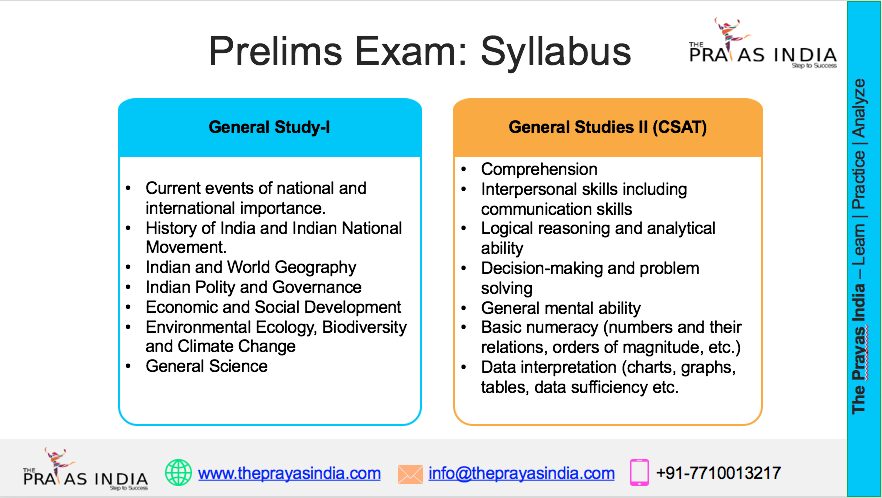AI Creates Powerful Antibiotics Against Superbugs: Revolution in Medicine
Introduction
In a groundbreaking medical development, researchers at the Massachusetts Institute of Technology (MIT) have successfully used artificial intelligence (AI) to design two new antibiotics capable of combating drug-resistant superbugs such as gonorrhoea and MRSA (methicillin-resistant Staphylococcus aureus). This achievement marks one of the most significant advancements in antibiotic discovery in decades and has the potential to transform global healthcare.
Drug resistance is one of the world’s most pressing health crises. According to estimates, antimicrobial resistance (AMR) causes over one million deaths annually, and the number is expected to rise unless innovative treatments are developed. The integration of AI in drug discovery could represent a “second golden age” of antibiotics, opening new doors in the fight against infectious diseases.
How AI Designed New Antibiotics
Traditional antibiotic discovery has relied on screening naturally occurring compounds, a process that is both time-consuming and expensive. However, scientists at MIT used generative AI algorithms that scanned 36 million compounds—including molecules that do not yet exist in nature.
The AI system was trained with data about the chemical structures of existing drugs and their effectiveness against different bacteria. With this information, the AI learned to predict how different molecular combinations would affect bacterial growth.
The discovery process followed two approaches:
- Fragment-Based Design – AI identified promising fragments of molecules (8 to 19 atoms) and built new structures from them.
- Free Rein Design – AI independently created new chemical structures without relying on existing drug patterns.
Importantly, the AI filtered out:
- Molecules similar to existing antibiotics (to avoid redundancy).
- Compounds predicted to be toxic to humans.
- Non-medicinal molecules (to ensure drug safety).
The results were two completely novel antibiotic compounds, both of which successfully eliminated gonorrhoea and MRSA strains in laboratory and animal studies.
Addressing the Global Crisis of Antimicrobial Resistance
The misuse and overuse of antibiotics in healthcare and agriculture have allowed bacteria to evolve resistance, rendering many existing drugs ineffective. MRSA and gonorrhoea are two of the most alarming pathogens:
- MRSA is a bacteria that typically lives harmlessly on the skin but can cause life-threatening infections when it enters the bloodstream.
- Gonorrhoea, a common sexually transmitted infection, has developed resistance to nearly all available antibiotics.
The discovery of AI-designed antibiotics is particularly significant as no new major classes of antibiotics have been introduced for decades. This innovation could greatly strengthen the arsenal against superbugs and reduce mortality rates worldwide.
The Potential of AI in Drug Discovery
Experts believe this could be the beginning of a second golden age in antibiotic development. Unlike traditional methods, AI can:
- Rapidly design and test millions of new molecules.
- Lower the cost and time required for drug discovery.
- Generate entirely new drugs rather than modifying existing ones.
This is a revolutionary shift because most modern antibiotics are slight variations of older drugs. AI’s ability to design completely new molecular structures can help stay ahead of bacterial resistance.
Beyond Antibiotics: AI in Healthcare
The success of AI in antibiotic discovery is part of a broader revolution in medicine. Recently, AI has been used to:
- Predict which prostate cancer patients would benefit most from specific treatments.
- Analyse biopsy images for personalised medicine.
- Accelerate the search for treatments in diseases such as Alzheimer’s and cancer.
AI is increasingly proving its ability to personalise therapies, reduce overtreatment, and improve outcomes for patients.
Challenges Ahead
Despite its promise, AI-driven antibiotic discovery faces several challenges:
- Clinical Trials: The newly designed drugs must undergo years of rigorous safety and efficacy testing in humans before they can be approved.
- Manufacturing: Some AI-designed molecules are difficult to synthesise in laboratories. Out of 80 potential gonorrhoea drug designs, only two could be manufactured.
- Economic Barriers: Antibiotics are often unprofitable for pharmaceutical companies because their use must be limited to prevent resistance.
- Ethical Issues: The integration of AI raises concerns around data privacy, misuse of technology, and reliance on algorithms.
Nevertheless, researchers stress that continued investment, interdisciplinary collaboration, and regulatory oversight will be key to harnessing AI’s full potential in medicine.
Conclusion
The discovery of AI-designed antibiotics against MRSA and gonorrhoea is a historic milestone in the fight against antimicrobial resistance. While challenges remain before these drugs reach patients, this innovation demonstrates that AI could reshape the future of medicine. If developed responsibly, AI has the potential to save millions of lives, combat one of the greatest threats to global health, and usher in a new golden era of antibiotic discovery.




![Prayas-तेजस [UPSC CSE Sociology Optional] – Online & Offline](https://theprayasindia.com/wp-content/uploads/2025/09/Prayas-तेजस-UPSC-CSE-Optional-Subject-The-Prayas-India-300x300.png)
![Prayas-सूत्र [UPSC CSE Materials (Hardcopy)]](https://theprayasindia.com/wp-content/uploads/2025/09/Prayas-सूत्र-UPSC-CSE-Study-Materials-Hardcopy-The-Prayas-India-300x300.png)
![Prayas-मंत्रा [UPSC CSE CSAT]](https://theprayasindia.com/wp-content/uploads/2025/09/Prayas-मंत्रा-UPSC-CSE-CSAT-The-Prayas-India-300x300.png)
![Prayas सारथी [UPSC CSE One on One Mentorship]](https://theprayasindia.com/wp-content/uploads/2025/09/Prayas-सारथी-UPSC-CSE-One-on-One-Mentorship-The-Prayas-India-300x300.png)










